After coffee we felt better. After reading a few emails from home we were even better. And by 9AM we were ready to set out for a mood altering walk in the countryside.
We took a route that is becoming well known to us. First, as we leave the compound we greet our fellow staff members who live in the upper compound. (Paul and I are n the lower compound). Then we leave through the green iron gates and merge with the “traffic” entering and leaving Matoso. The traffic consists of a few bikes, a few women headed to the lake with large buckets on their heads filled with the week’s laundry, a couple of kids selling bananas and mangos and a couple of kids just waiting to spy their first Mzungu of the day.
There are men on bikes carrying maize and piles of timber. Two men herd a half dozen donkeys loaded down with bags of sand for construction. Coming across a dry field is a man riding a bike in his best dress shirt with a beautiful woman sitting side saddle on the back. We meet a boy with a homemade slingshot who runs to show it to us and asks if we want to buy a few ears of corn. We didn't carry money with us and tell him maybe next time. He's very happy with that response and runs back yelling "maybe next time!"
We pass several people on their way to church. One woman wears the white head scarf with the red cross stitched on the front which we’ve been told means she a member of a Protestant denomination.
We come upon a group of women resting under a shade tree for a few moments before they continue on their journey to church. They’re dressed in their best dresses and are carrying suitcases for reasons we can’t fathom. Perhaps they walk a long way to get to church so plan to stay overnight with a relative before heading back home. Two of the older women rise to greet us. We shake their hands and using our best Luo we greet them by saying “oyare”- good morning. They continue to talk to us while we politely nod and smile. Then when I know of nothing to say back to them I pull out the camera. They’re delighted to have a picture taken and pose beautifully for me. When I show them the picture of themselves they all laugh and cluck appreciatively. I say “erokomono” or thank you- to them and then “ariti”- bye-bye. They are still chattering about us as we disappear over the next small rise in the road.
Our route now makes a large circle and heads back toward the lake and the big tree. The big tree is a local landmark and one frequently used to give directions or describe where one lives as in "take the path past the big tree and look for the first cow path next to the big orange boulder".
We discovered this ancient tree the very first week we were in
There, on the edge of the lake, were a handful of boys with fishing poles. They saw us approach and waved to get our attention. We found that they were fishing for small mud fish. Mud fish can live in the mud during the dry season only to emerge when the lakes fill with rainwater again. (Paul recognized them from a National Geographic program but neither of us expected to see such things in real life). The fish were the size of fingerlings so it would take a lot of them to make a meal. But there are worse ways to spend a hot morning in





























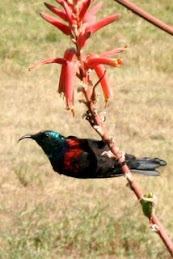
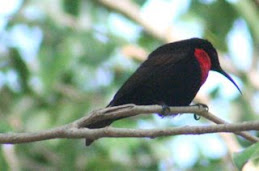
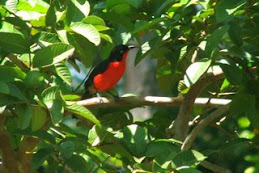
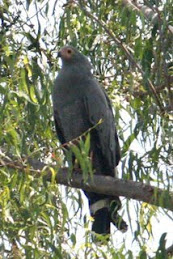






































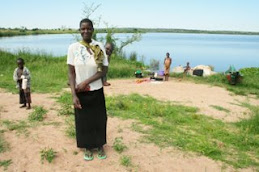

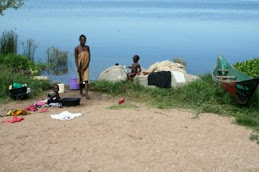

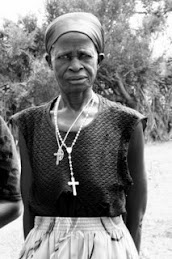






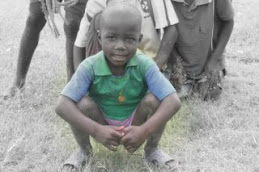


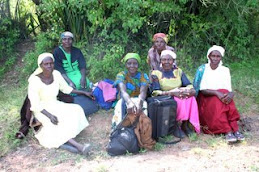

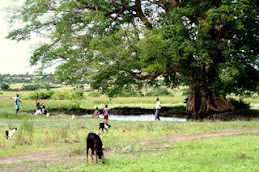






































































































1 comment:
So- what are mud fish exactly? Do they eat them?
Post a Comment